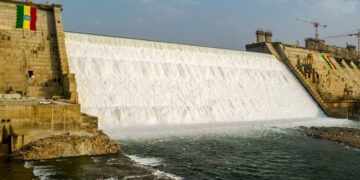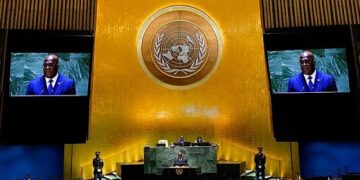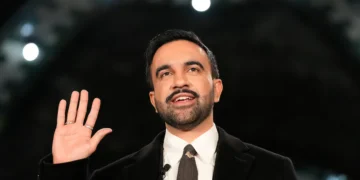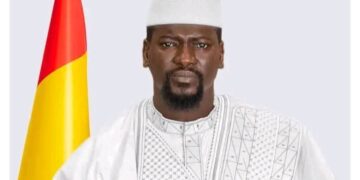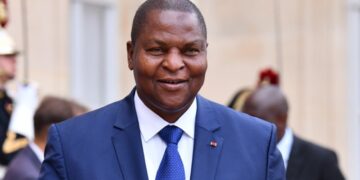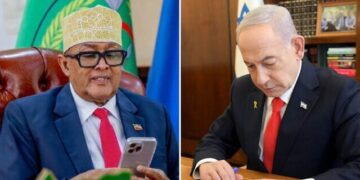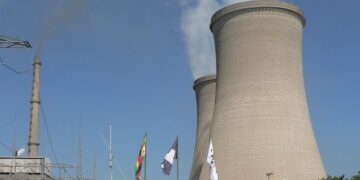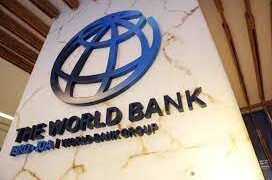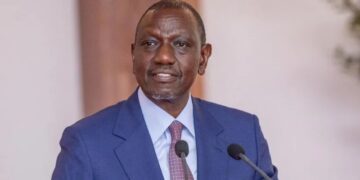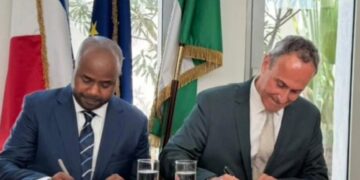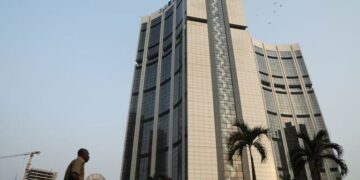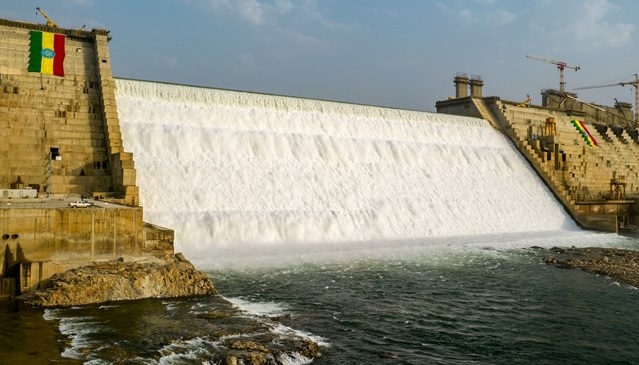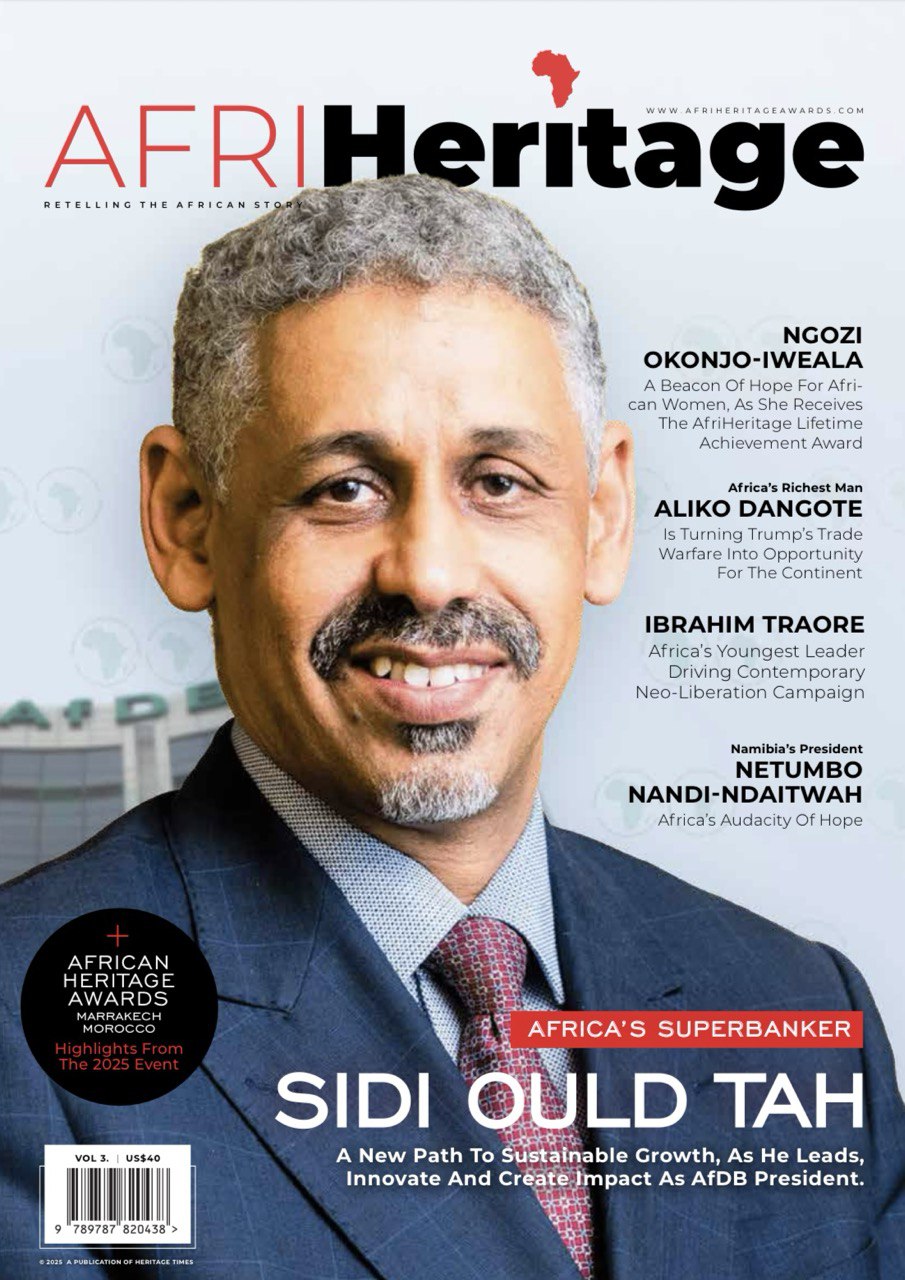Ethiopia has announced the completion of its $4 billion Grand Ethiopian Renaissance Dam, Africa’s largest hydroelectric project, after 13 years of construction and years of diplomatic tensions with Egypt and Sudan over water rights.
The dam holds major significance. It will double Ethiopia’s electricity supply, addressing a critical shortage as 60 percent of Ethiopians lack reliable power. As Africa’s biggest hydro plant, stretching over a mile long and 145 meters tall, it sits on the Blue Nile, which supplies 85 percent of the Nile’s water. The project, entirely domestically funded, has become a symbol of national pride and represents Ethiopia’s economic ambitions.
Egypt and Sudan are worried about the consequences. Egypt depends on the Nile for 97 percent of its freshwater and fears even a 2 percent reduction could wipe out 200,000 acres of farmland. Sudan, also reliant on the Nile, is concerned about water flow disruptions and silt buildup affecting its own dams. Tensions have flared in the past. In 2020, then U.S. President Donald Trump claimed Egypt had considered blowing up the dam.
Ethiopia has stepped up its diplomatic push. Prime Minister Abiy Ahmed struck a conciliatory tone, insisting the dam benefits all three nations. “To Egypt and Sudan, GERD is not a threat but a shared opportunity. We believe in shared progress, energy, and water,” he said. Both nations will be invited to the September launch, an inauguration Ethiopia hopes will ease tensions. While previous negotiations failed, Ethiopia says it remains open to constructive engagement.
What comes next will be closely watched. Ethiopia plans to start full-scale electricity production soon. Meanwhile, Egypt and Sudan reject what they call unilateral actions and may push for binding water-sharing agreements.
